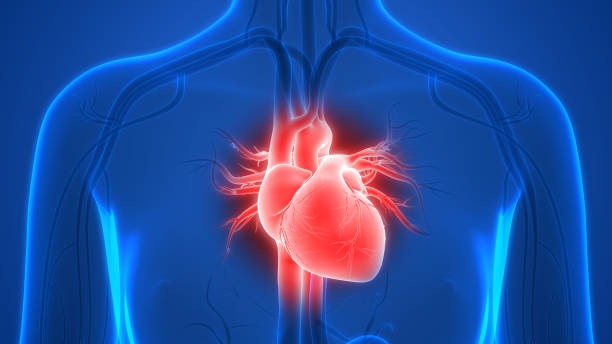The Connection Between Movement and Mood

The human body is an intricate machine, designed for both movement and emotion. It’s no surprise then that there exists a profound connection between physical activity and mood. Movement has been found to positively impact our emotional state, reducing stress levels, alleviating symptoms of depression, and enhancing overall mood.
Physical activity stimulates various brain chemicals that may leave you feeling happier, more relaxed, and less anxious. Exercise releases endorphins – the body’s natural mood elevator. These neurotransmitters interact with the receptors in your brain that reduce your perception of pain. Endorphins also trigger a positive feeling in the body similar to morphine without leading to addiction or dependence.
Moreover, exercise can improve sleep quality which is often disrupted by stress, depression and anxiety. A good night’s sleep can help improve your mood as well as refresh your outlook on life. Regular physical activity can increase self-confidence and lower the symptoms associated with mild depression and anxiety due to its ability to take your mind off worries so you can get away from the cycle of negative thoughts that feed these conditions.
In addition to releasing endorphins, regular exercise promotes neural growth while reducing inflammation in the brain – it even fosters feelings of calmness delta 9 gummies and well-being. Exercise also serves as a distraction allowing you some time-out from cyclic or obsessive thoughts.
Another important aspect is how movement helps us connect with our bodies on a deeper level. Through exercise we become more aware of our bodies; we begin to notice how different muscles work together during specific movements or how our heart rate increases during strenuous activities – this heightened sense of awareness often translates into better body image thereby boosting self-esteem further improving one’s mood.
Furthermore, engaging in group exercises such as yoga classes or team sports provides opportunities for social interaction which contributes towards improved mental health by combating feelings of loneliness or isolation.
While any form of movement could potentially boost your mood – be it walking around the neighborhood or dancing around in your living room – it is important to choose activities that you enjoy. This increases the likelihood of making it a regular part of your routine.
The connection between movement and mood is undeniable, serving as a testament to the holistic nature of human health. It’s not just about physical strength or endurance, but also about mental well-being. By incorporating regular physical activity into our lives we can improve both our emotional state and overall quality of life. So get moving, because every step, stretch or stride you take is a step towards better mood and better health.



